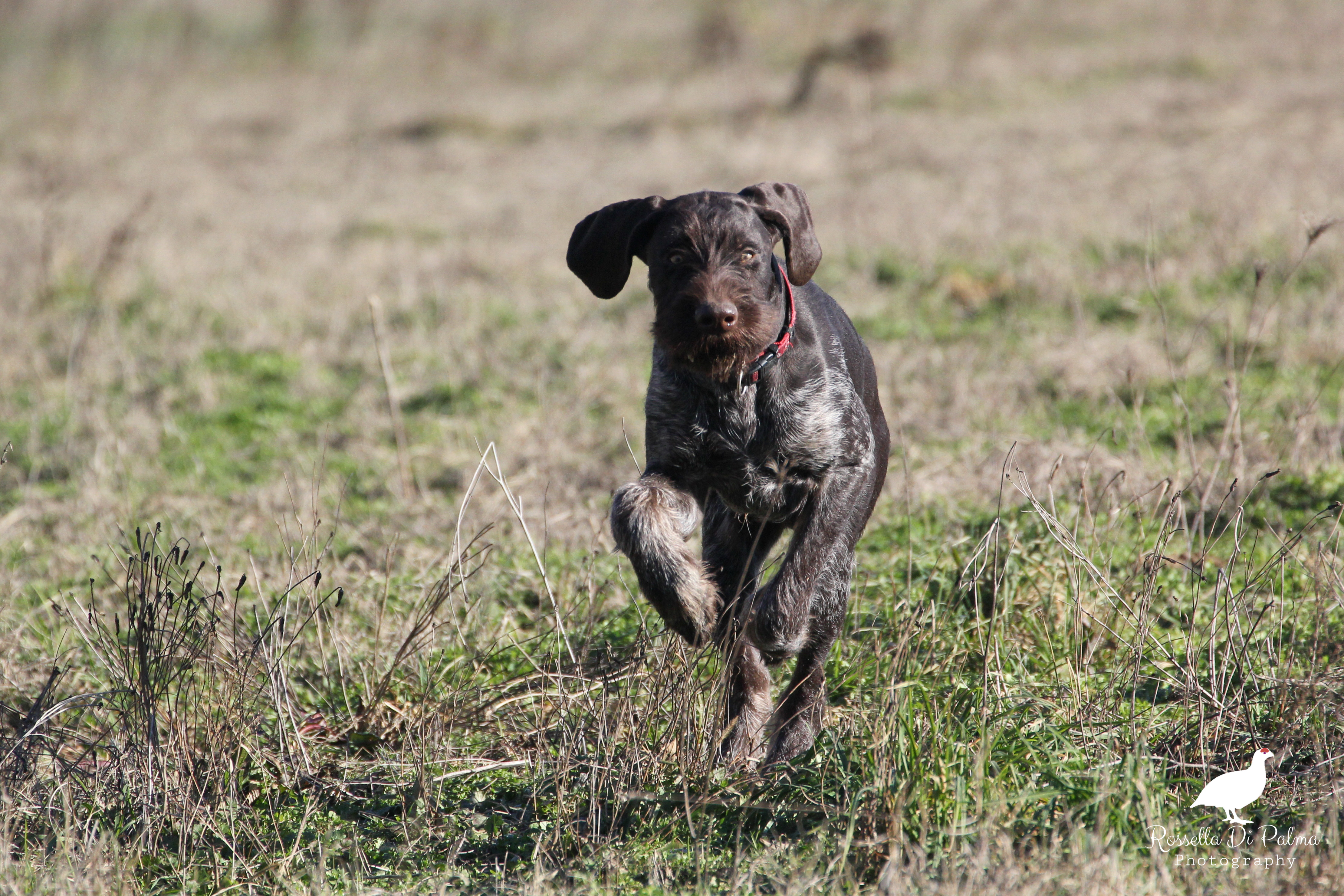
Do you click with your dog? – by Tok Mostert
Just in case folks think I have forgotten about training dogs😊
Do you click with your dog?
It normally took years for trends to reach African shores, that was until Africa discovered the worldwide web. Information and training techniques spread like wildfires over a sun-dried African savannah, for good or for bad these techniques were spread like the gospel and seen as the miraculous training method. This, unfortunately, does not only apply to Africa, but to many parts of the world.
To break it down, you need to have a comprehensive understanding of how a dog’s mind works.
A dog understands his name by repetitive training and positive reinforcements. A dog understands commands several ways, you can force it like with force fetch training (negative – positive response training) working on a leash is something I consider force training too, although a more positive less negative form of training. You can also use condition training like with a clicker and treats. Then there is the method I believe in, as taught by Jeppe Stridh, the 95% positive reinforcements /praise and 5% correction method, using the red light- green light principles. Although during the initial training phase it would be more correct to say it is a combination of the order of the principles. Right at the start of the training, the very beginning, treats may be used to teach a sit command to a puppy, but it is also the only phase they may get used in. This initial treat is more a bonding exercise, than a treat training exercises as you are replacing the bitch in the feeding cycle.
I could have titled this article How to confuse your dog and frustrate yourself because this is exactly what we are doing blending training methods and techniques. The secret, that is no secret at all when training a dog, is and always will be consistency. Besides the verbal and whistle commands a dog responds to tone and body language (as well as hand signals) of the handler too. Keeping everything consistent is what turns a good dog into a better one. Why do I not use the clicker method? Read for yourself and decide.
It is my belief and opinion that a dog that works for respect and affection (praise) within a pack type environment will in the end outclass and outlast any dog trained by clicker and or treats. If you use a clicker and treats, the only reward your dog receives is the treat and limited freedom. My preferred method rewards the dog with unlimited freedom, praise and a understanding of where it fits into the pack, it also teaches the dog respect. Besides all of the above, it builds confidence and trust in both the dog and the handler while forging a stronger bond between them. Contrary to what people believe my hunting dog is not kept in a kennel and then cut loose every now and again. My dog lives with me, on the couch, on the bed, in the car, but I can at anytime give my dog a command when I no longer wish for him to be on the bed or couch and he will comply!
You do not need skills to train with a clicker, neither do you need confidence or ability. You are solely relying on the clicker and treats to train the dog. With limited skill and ability, you are no leader to your dog, you are a treat dispenser! When a dog lives in the wild, there are no treats to teach him, there is a pecking order within the pack environment to which every dog adheres or gets rebuked by one of the pack members. It is a simple and common language that dogs have developed over hundreds of years, why change what the dog understands?
It is common knowledge that the level of control/discipline during trial competitions have decreased over the past 40 plus years, the reason has nothing to do with the ability of the dogs but rests solely with the trainers who either train using “new” methods or prescribes to the philosophy that wilder dogs hunt better. A multidiscipline hunting dog needs a multidimensional training method using consistent commands and corrections executed at exactly the right moment.
A good trainer, or handler, will plan every single detail of his training sessions down to the finest details. He will know exactly which commands to use, when to apply more correction or when to give more encouragement. He will have a confident body posture and language, he will anticipate an error by the dog and correct it at exactly the right time. His tone will be steady and simple without repeating commands or physically touching the dog. There will be no confusing, or contradictory, commands given. The dog will clearly understand what is expected from him during these sessions. If you lack the confidence and ability seek help, training in front of the mirror by yourself is a good start, so is writing down your commands and memorizing them.
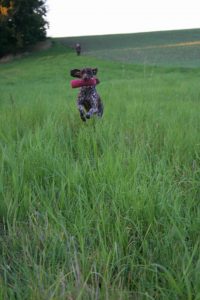
Many clicker trainers find themselves frustrated and confused once they have to work a dog in a uncontrolled environment. Dogs that run after rabbits and chase cats are common. Dogs that do not socialize well with other dogs and people are not uncommon either. Once the dog reaches a distance away from its handler where the clicker is no longer effective, it is pure chaos. Making it even worse is that now the handler tries to “speak” to the dog using other methods with disastrous results. You cannot speak Afrikaans to a Chinese dog and expect it to understand you! Why start training with the clicker if you know it will not be effective once the dog reaches a certain distance from you, why go and teach a whole new language to the dog if you could have used one language right from the start?
Working a dog out to 300-400 meters takes more than skill. The invisible lead that runs between dog and handler is woven from skill, ability, respect, praise, trust and glued together by the bond of interaction forged by hours and years of work. I have unfortunately seen more dogs getting trained with e-collars after clicker training. I will be humble and say this, if a dog is happy and you can control his three basic instincts (to hunt, to mate, to fight) when the dog is off leash then no matter what method you have used, you have succeeded.
Next article here.
Tok Mostert, a Professional Hunter from South Africa, now living in Sweden, is sharing his writings on dog training with us. You can start reading them from Part 1 here.
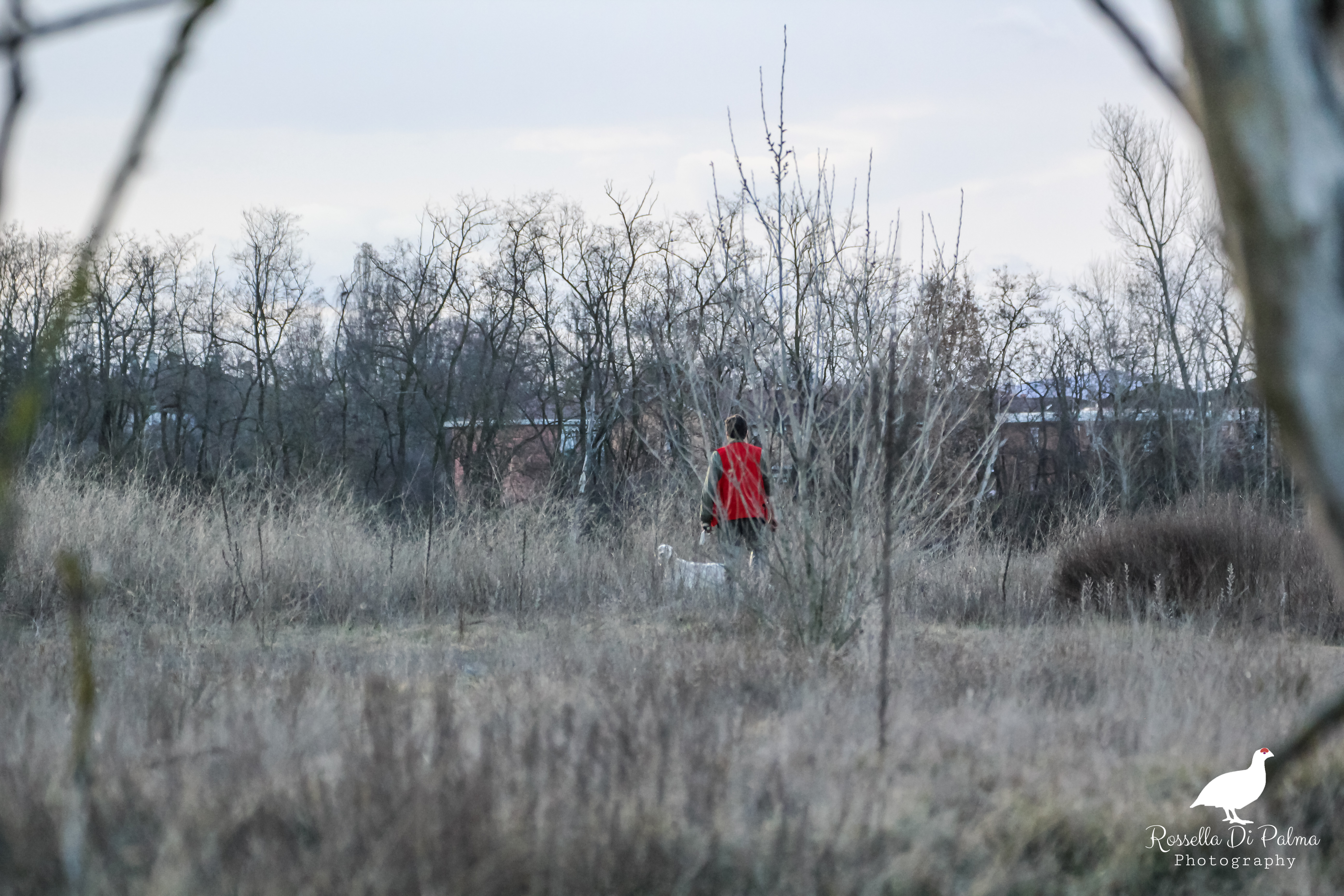
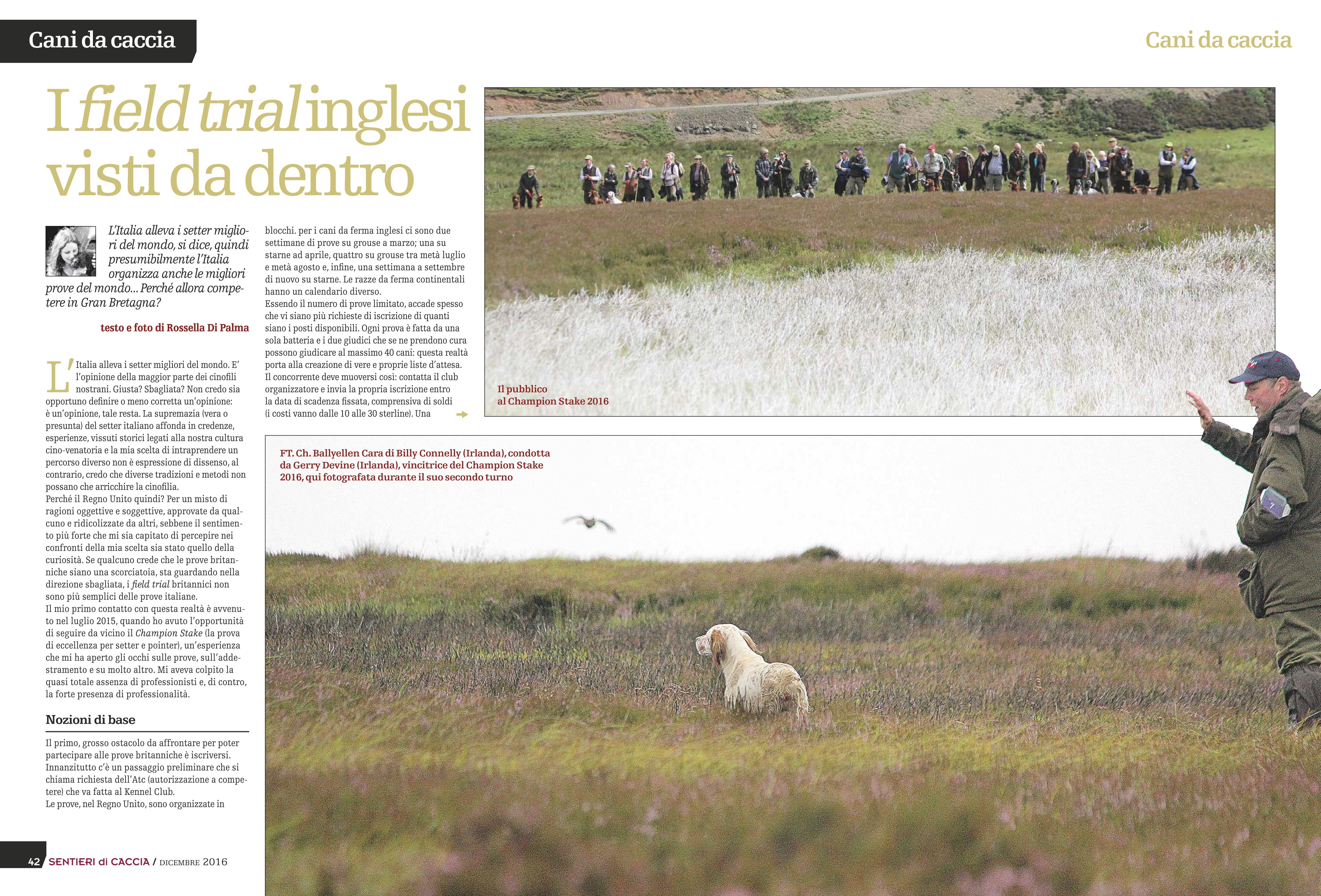


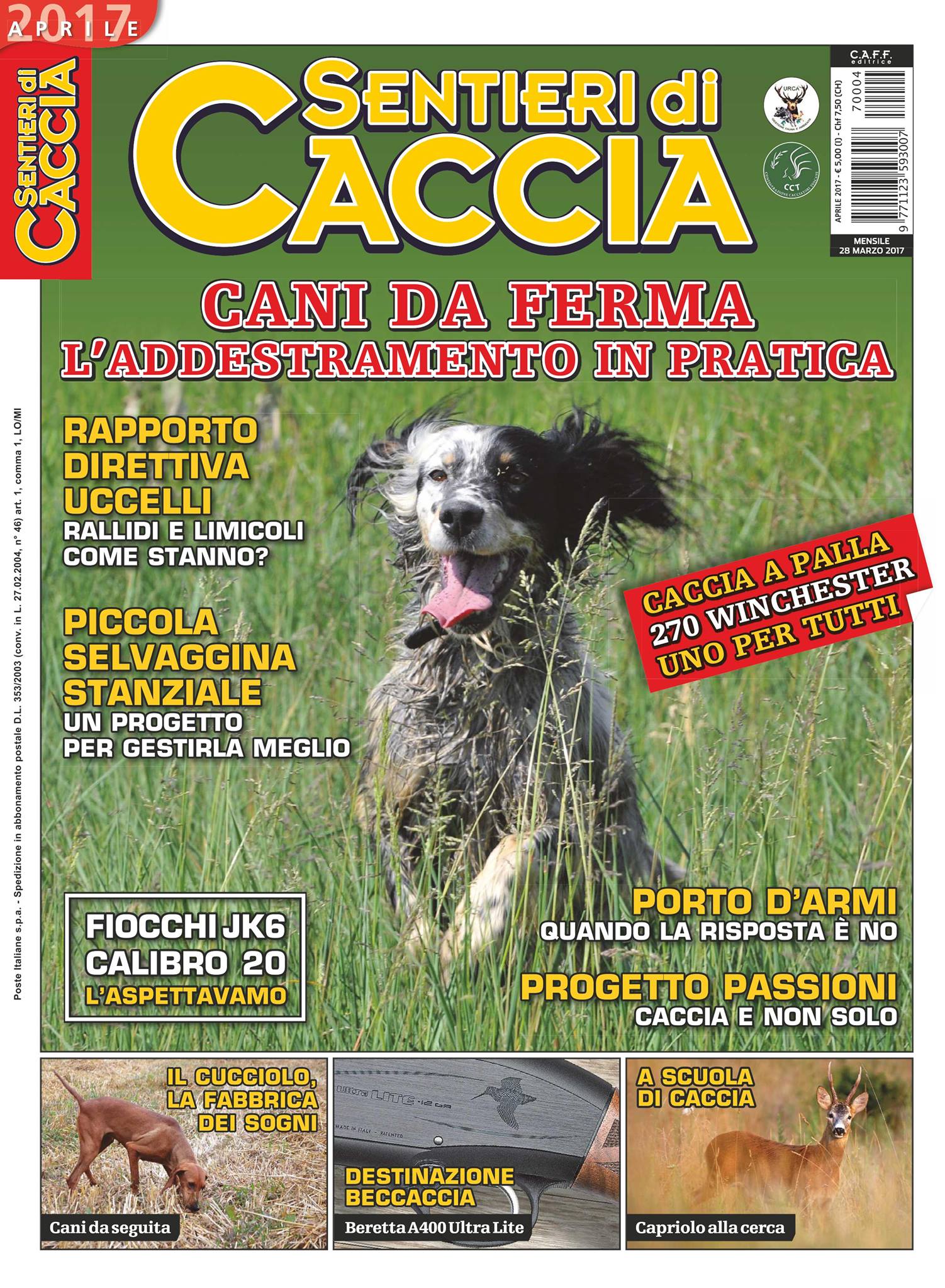
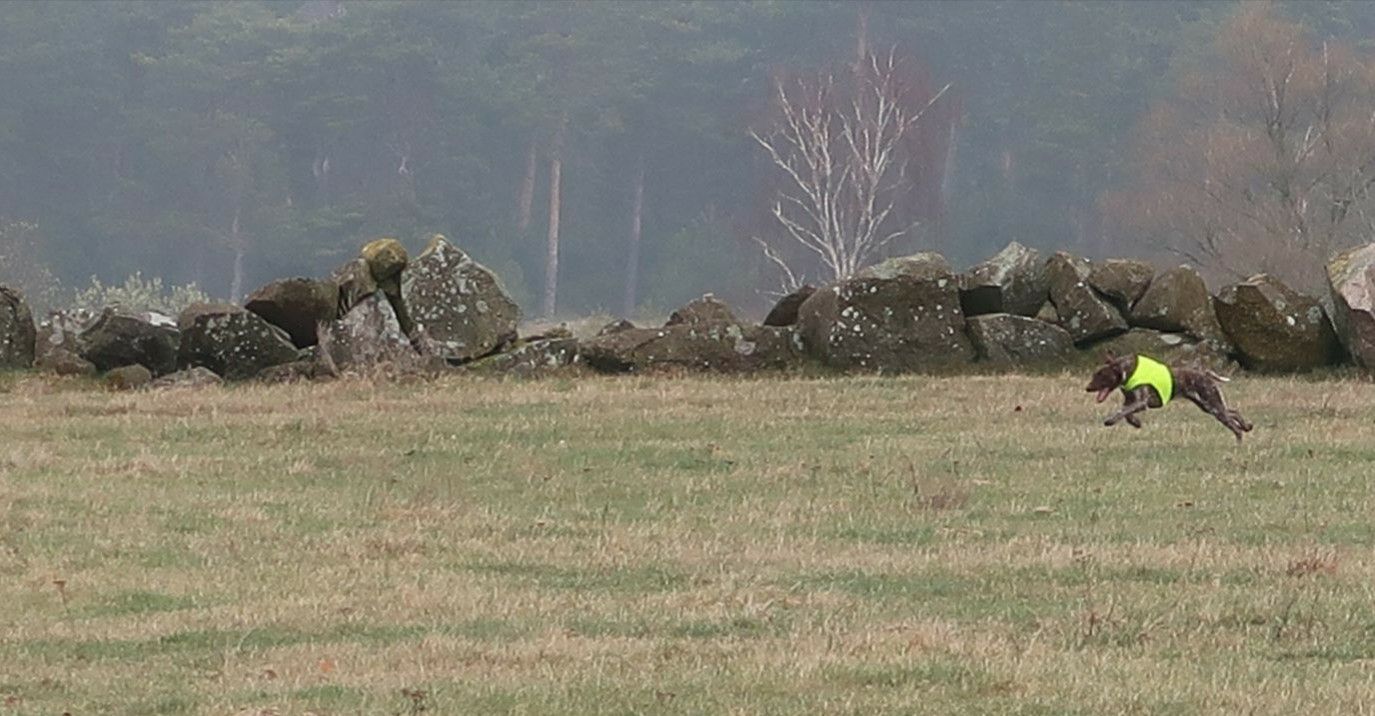

[…] Next article here. […]